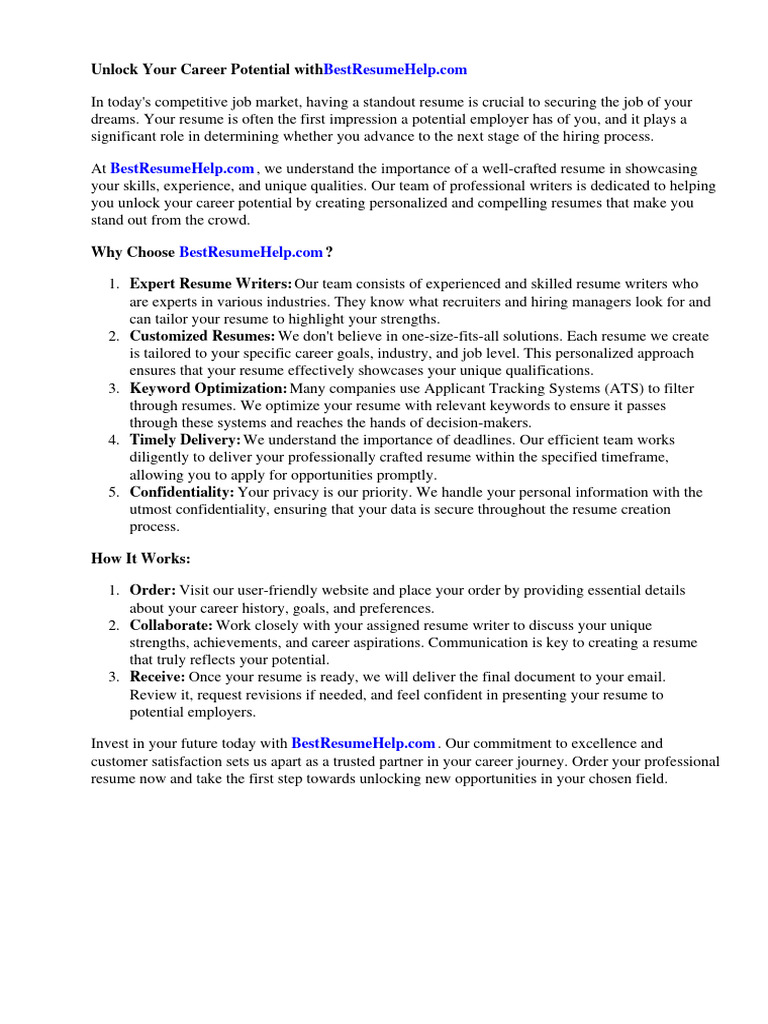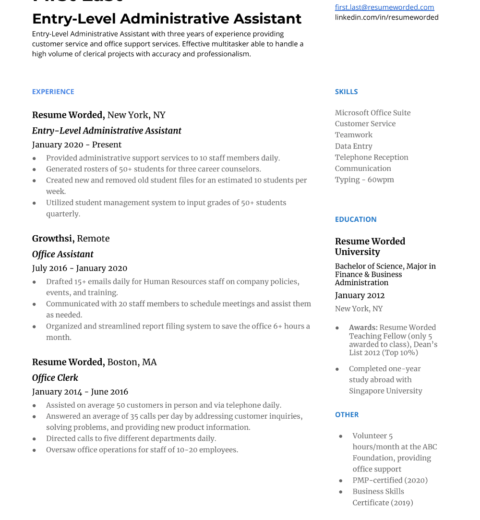Listing academic honors such as the Dean’s List or President’s List on a resume is an essential component for many professionals, especially recent graduates entering a competitive job market. These accomplishments serve as tangible evidence of diligence, intellect, and a commitment to academic excellence. However, reckoning with the precise methodology of including these accolades can yield significant benefits. By adhering to templated structures while also innovating based on personal circumstances, candidates can illustrate their qualifications persuasively.
First and foremost, understanding the distinctions between the Dean’s List and the President’s List is imperative. Typically, the Dean’s List celebrates students who have achieved a certain minimum GPA during a semester—often a 3.5 or higher on a 4.0 scale. In contrast, the President’s List may demand an even loftier GPA, acknowledging a different echelon of academic distinction. Recognition on either list signifies consistent effort, mastery of subject matter, and the ability to thrive in challenging environments. Such achievements naturally captivate potential employers.
When including these accolades on a resume, it is crucial to curate the information with precision. Candidates should draft a dedicated section entitled “Academic Achievements” or “Honors and Awards.” This clear labeling creates a prominent space in which the accolades stand out, allowing employers to quickly glean this pertinent information. Under this section, employ a bulleted list to present each honor succinctly. For example:
- Dean’s List, Fall 2022 – GPA: 3.8
- President’s List, Spring 2023 – GPA: 4.0
Utilizing bullets helps compartmentalize information, making it readily accessible for hiring managers. Furthermore, specifying the semester and corresponding GPA adds another layer of contextual significance, illustrating not only the achievement but also the consistency of performance over time.
It is also worth considering the inclusion of relevant coursework or extracurricular activities in juxtaposition to these honors. If a student achieved Dean’s List status while also engaging in rigorous coursework—such as Advanced Calculus or Organic Chemistry—mentioning these courses can provide additional dimension. It enables employers to see a candidate who not only excels academically but also bravely embraces rigorous academic challenges. An example could read:
- Dean’s List, Fall 2022 – GPA: 3.8; Relevant Coursework: Advanced Calculus, Leadership in Engineering
This additional information can be particularly salient for candidates seeking positions in fields directly related to their studies, such as engineering or healthcare. Similarly, including any corresponding extracurricular activities can further illuminate a candidate’s well-rounded character. For instance:
- President’s List, Spring 2023 – GPA: 4.0; Involved in Honors Society and Volunteered at Local Hospital
Such specifications unveil a narrative of engagement and leadership, which resonates with potential employers who favor candidates with multifaceted skill sets.
Employing strategic placement is also key. When crafting the resume, consider situating the “Academic Achievements” section towards the top of the document, especially if the candidate is a recent graduate. This positioning underscores the importance of academic accomplishments, providing them with an emphasis that may be indispensable for less seasoned job seekers. As candidates accumulate more professional experience, however, this section can be tactfully reallocated to the lower sections of the resume. A seasoned professional may opt to incorporate the Dean’s List within the “Education” section itself, integrating it into the narrative of their academic journey.
While including academic honors brings undeniable advantages, candidates must be cautious about several pitfalls. Foremost, candidates should avoid overstating or misrepresenting their GPA or the duration for which they were recognized. Such actions can lead to precarious consequences should they be discovered by hiring managers. The reputation of both the candidate and the educational institution can quickly disintegrate under the weight of dishonesty.
Moreover, maintaining honesty in the representation of one’s academic path demonstrates integrity—a highly valued characteristic in any candidate. Additionally, it is wise to tailor the inclusion of such honors based on relevance to the position. If a candidate has extensive professional experience, the emphasis on academic accolades may diminish in importance. Conversely, for recent graduates, a well-curated list of recognitions may enrich the narrative and capture the attention of employers.
Beyond mere listing, employing the Dean’s or President’s List as part of a larger narrative can create depth. This can be done by reflecting upon the journey and hurdles faced in attaining these honors. For candidates familiar with the rigors of full-time study alongside part-time work or family obligations, sharing challenges faced can symbolize resilience and determination. These personal stories can resonate powerfully with hiring managers, rendering the candidate more relatable and memorable.
In conclusion, listing the Dean’s List or President’s List on a resume requires a combination of clarity, context, and careful consideration. It acts not merely as a reflection of academic success but also as a window into the character and capabilities of the candidate. By implementing strategic formatting, precise wording, and personal experience narratives, candidates can enhance their resumes and stand out in the competitive job market. Ultimately, presenting one’s academic accolades in a manner that highlights both achievement and the underlying perseverance provides a compelling case for potential employers.




